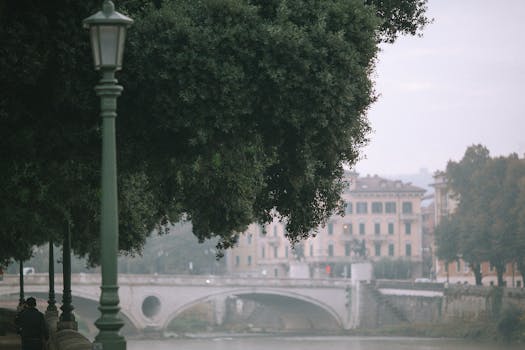
Urban Green Spaces: The Future of Outdoor Living in European Cities by 2025
Introduction to Urban Green Spaces
Urban Green Spaces are becoming increasingly important in European cities as they provide a sustainable solution to the challenges of urbanization. Urban Green Spaces are areas of greenery in urban environments that can range from small parks and gardens to large green roofs and walls. These spaces are not only aesthetically pleasing but also provide numerous benefits to both the environment and the citizens.
Benefits of Urban Green Spaces
The benefits of urban green spaces are numerous. They help to mitigate the urban heat island effect, reduce air pollution, and provide habitats for urban wildlife. Additionally, they offer opportunities for recreation, socialization, and relaxation, which are essential for both physical and mental health. Urban green spaces also play a crucial role in managing urban stormwater runoff, reducing the risk of flooding, and improving water quality.
European Cities Leading the Way
Many European cities are leading the way in incorporating urban green spaces into their urban planning. Cities such as Copenhagen, Stockholm, and Amsterdam have made significant investments in green infrastructure, including green roofs, green walls, and urban parks. These cities are not only improving the quality of life for their citizens but also setting an example for other cities to follow.
Challenges and Opportunities
Despite the benefits of urban green spaces, there are still challenges to be addressed. One of the main challenges is limited space in urban areas, which can make it difficult to create new green spaces. However, this challenge also presents an opportunity for innovation and creativity in designing and implementing urban green spaces. Another challenge is maintaining and managing urban green spaces, which requires significant resources and funding.
Conclusion
In conclusion, urban green spaces are the future of outdoor living in European cities by 2025. They provide numerous benefits to both the environment and the citizens, and many European cities are leading the way in incorporating green infrastructure into their urban planning. While there are challenges to be addressed, these challenges also present opportunities for innovation and creativity. As we move forward, it is essential to prioritize the creation and maintenance of urban green spaces to ensure a sustainable and livable future for European cities.






